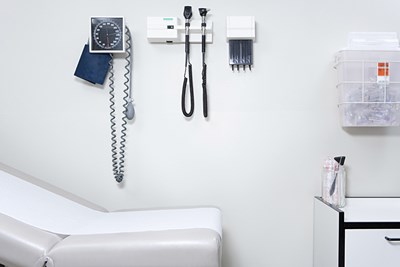Reactive airway disease (RAD) is a sort of pre-diagnosis for respiratory issues, specifically asthma. Once RAD has been present for six months or the patient is over six years of age, assuming appropriate follow up care is taken, if symptoms persist it is likely they can expect a new diagnosis of asthma.
In the meantime, although RAD is not technically its own disease, it must be treated as such, so that it can be properly managed. And part of proper management starts with understand what causes the disease. Here’s a look at the causes and risk factors of RAD.
RAD Causes
There is no definitive, underlying cause of RAD that researchers can pinpoint. Howerver, what they do know is that the bronchi, the two large structures that branch out into the lungs, constrict and swell as excessive amounts of mucus build up, causing all of the coughing, wheezing, and difficulty breathing that comes with RAD.
When a person suffering from RAD comes into contact with a trigger—one of the many environmental factors that cause the bronchi to overreact—symptoms become much worse. Additionally, family genetics are likely to have a major impact on the development of RAD (and asthma).
RAD Risk Factors
Right now, researchers consider RAD and asthma to be significantly impacted by the presence of asthma in the genetic pool. If the parents have it, there’s a better chance the child will.
Additionally, unhealthy lifestyle choices, such as smoking, being around secondhand smoke, and being overweight can all contribute to RAD and asthma. Other allergic conditions, like hay fever, may also make it more likely for the condition to develop. Being exposed to dangerous inhalable chemicals, polutants, and chemicals can also have a major impact on the lungs and bronchi function in general.



